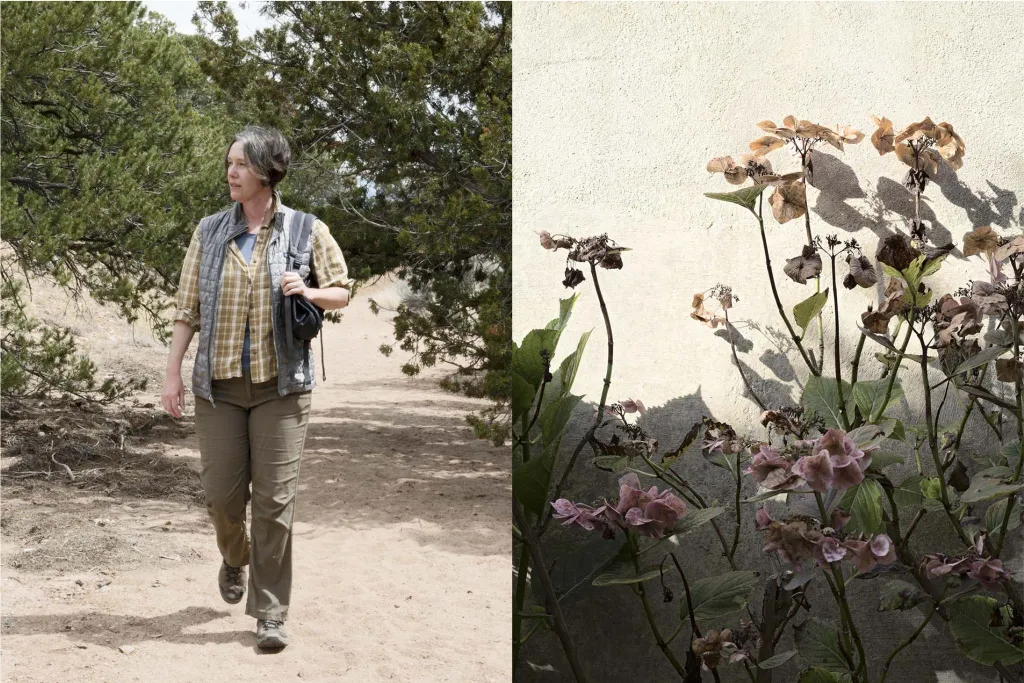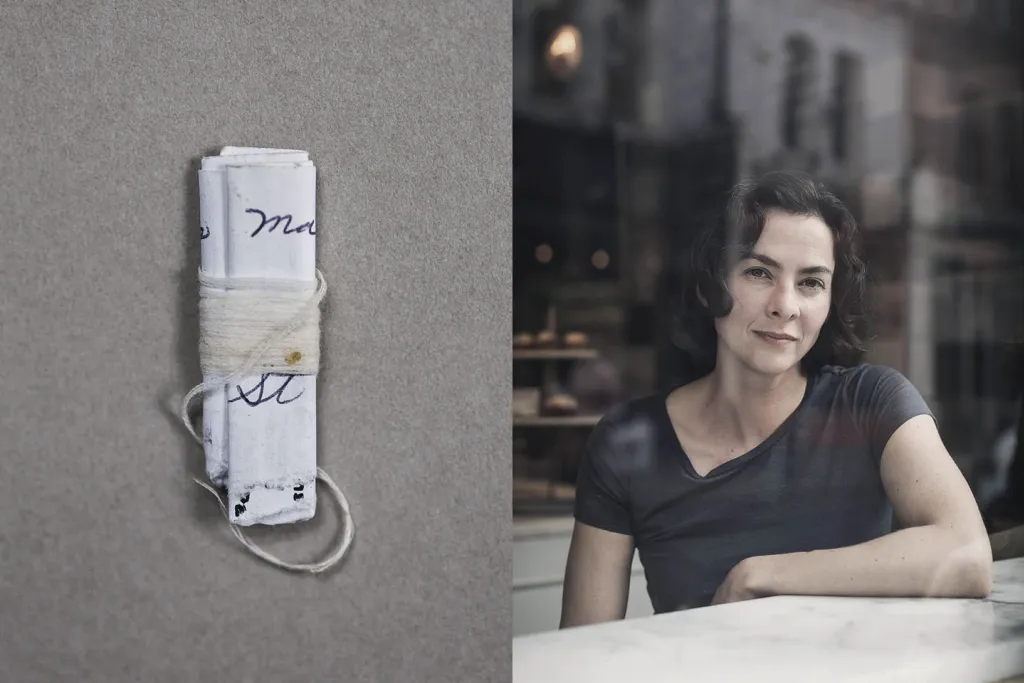Ruth Connolly

Ruth Connolly is a photographer living and working in Dublin. She holds a BA in Fine Art Printmaking from Limerick School of Art and Design, and an MA in Photography from Central Saint Martins, London. Her first book, If you lived here, you’d be home by now was published in 2017 by The Velvet Cell.
Her personal work primarily explores the balance and tension between people and place. Commercially, she works with design studios, advertising agencies and businesses, helping to create a tone and feel for a brand through photography. Ruth is a photography lecturer at Dublin Institute of Design.
Ruth participated in our residency How to Flatten a Mountain in 2017 when she made the fantastic body of work Each evening we see the sun set which she made into an exquisite handmade book for the exhibition at Rathfarnham Castle. This work was then published by PhotoIreland Foundation as part of their TLP Editionsseries. Ruth has kindly taken some time to answer our questions.
CHS: As a photographer working on both personal and professional projects, how might your approach be similar? How does it differ? How do these two discrete efforts inform one another?
RC: I always wanted to be hired to make work that I would want to make for myself. When starting out, I created personal projects for myself and sent them to creative studios and agencies in the hope of being hired. It worked, and as I made more commercial work I’ve found the two have blended almost without thinking. I enjoy being given the freedom to photograph a brand or company through purely my own vision, and I also enjoy working in collaboration with art directors or creative directors to achieve a look or feel. It differs of course in that sometimes for commercial work you need to make the best out of perhaps very little. When it’s personal work, you photograph what you choose when you choose, because the light or conditions are perfect and the subject interests you. When it’s commercial you need to push yourself sometimes to find that light or that subject.
CHS: What personal project are you working on at the moment? Can you describe a bit about the subjects or themes you’ve been exploring?
RC: This year has been a busy one for me commercially, which has meant that unfortunately, my personal projects have taken a slight back seat. I’m just starting to have the time to focus again on my personal work. General themes that appear throughout my work are that of the balance between people and place, of memory and of domesticity.
CHS: How to Flatten a Mountain is a unique artist residency for us at Cow House. As a larger group with a common goal social interaction and collective efforts like workshops and group critiques play a prominent role. Have you maintained many personal and/or professional relationships from this experience?
RC: Yes, I have maintained a relationship with Frank, Angel, Matthew and Aisling (Kim online but harder as she is in the states of course!) I met a few photographers during PhotoIreland festival who’s work I had admired but who I hadn’t met, and it was a lovely way to organically meet people through the buzz and atmosphere of the festival without feeling like it was “networking”. I have kept in touch with a lot of the artists too especially Roisin White who lives here in Dublin but also most of the international artists through social media, and it’s been great to follow them and their work.
CHS: What are some of your strongest memories from How to Flatten a Mountain? How do you feel this experience has helped advance your practice?
RC: I came to HTFAM after having completed a 2 year MA in Photography in London, and I was feeling a little exhausted and overwhelmed from it. From the peer feedback and mentoring, I felt a freedom to create work that I had lost under the pressure of my Masters. I took a lot from all the mentors, specifically Matthew Thompson’s workshop, as well as our ongoing crits. We were blessed with a wonderful group of people with varied backgrounds and a general atmosphere of support and enthusiasm. I enjoyed the mixture of intelligent and critical feedback, and the nourishment of such great food, beautiful surroundings and a homely feel from Frank, Rosie and Rosie’s wonderful parents who even gave me free rein to photograph their farmhouse as part of my work! I have tried to keep this sense of freedom in my work since the residency- allowing me to make work more holistically, leading to think about it later and feed on from that work again. I’ve also stayed in touch with a lot of the other artists which has been really lovely. It was a very special 10 days for me.
CHS: You made a beautiful handmade book while you were on residency. You had also previously published the book If you lived here, you’d be home by now. Is there something about the book as a platform for your photography that is particularly compelling? Are you trying to convey a narrative in your work?
RC: I find books as a vessel for photographs so much more accessible than exhibitions. Of course, they are two very different things, but I collect photo books and love that I can go to my bookshelf and pick them up at my leisure. I love to hold physical books, and I enjoy the print and making process as much as the photographs themselves. I love the photobook movement that has taken off recently with self-publishing, despite the hysterics that “Print is Dead”.


